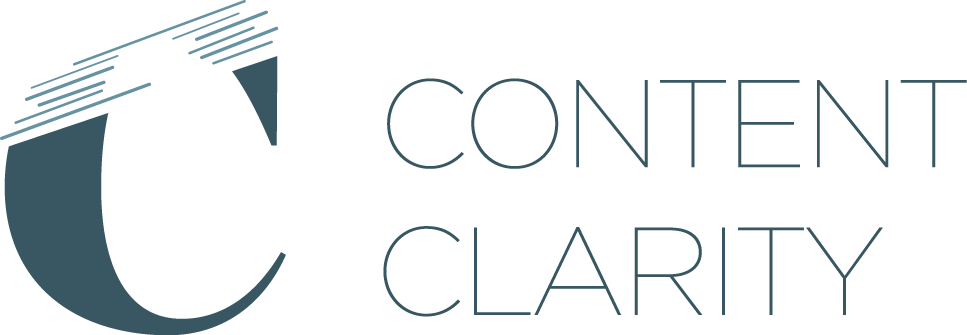
Anyone who’s ever been responsible for content creation knows the feeling: it’s mid-way through March, and your April content calendar is due. The only thing you’ve got so far is a handful of product promos, and you’re struggling to get inspired. You’re starting to wish you hadn’t set that goal of gaining 20% more Instagram followers by year’s end.
Coming up with editorial calendar content ideas that will excite your audience is no easy task — after all, you’re competing with a gazillion other things for their attention. Here are a few simple tips for keeping the ideas flowing, and keeping blockers at bay.
Define your ideas before determining channels.
If you’re filling out your content calendar on a channel-by-channel basis, you might be making things unnecessarily hard on yourself. Try starting by coming up with a list of ideas first (it helps to have a parking lot where you can store all of your brilliant ideas as they come to you.) Think of it as aiming for the middle of a tic-tac-toe board: you’re not pinning yourself into a corner.
Once you’ve determined what content you are going to create, then figure out which channels make sense, and how you can tweak the content to fit each channel. For example, let’s say you’re partnering with an influencer in your industry to create a video. Thinking through all of the channels where the video could be re-purposed will help you determine asset requirements, and ultimately make for a highly efficient content plan.
Keep your brainstorms small.
The mindset in many organizations is, “the more people in the meeting, the more ideas we’ll get.” But in my experience, large group brainstorms are useless and are the swiftest way to make sure that all the cool ideas are dead on arrival.
First of all, only the loudest voices are going to be heard in this type of setting. Having tons of people in your brainstorms also sets you up for a lot of “What ifs?” For example, “I like that idea…but what if we run into trouble with Legal?” Or, “It’s a cool idea, but what if we can’t find the right photo?”
Let team members know they are welcome to contribute their ideas, but keep the calendar planning restricted to the content owners, and possibly a project manager to help set realistic timelines.
Stalk your audience’s influencers.
Your customers’ influencers have already figured out what content your target likes, and are experts at delivering it. Even if you’re not planning on partnering with any influencers, you can use their feeds to inspire your own content. See what your audience is engaging with, and think about how you can put a new spin on it, or adapt a similar concept to your content marketing.
Leverage user-generated content.
Are your customers or employees tagging you, or using one of your branded hashtags, in their content? Why not re-purpose it? Oftentimes, fans love to see a brand re-posting or responding to their content (with permission and the proper credits, where applicable.) It’s a good idea to leave room in your calendar for some follower love.
Don’t forget about the just-for-fun.
It never hurts to show some personality. If you work at a company that has a cool culture, fun people, or neat programs, occasional “behind-the-scenes” posts on social media help to humanize your brand. Partner up with internal communications, or keep tabs on what’s going on around the company so you can be sure to capture the fun moments.
Leave room to respond in real-time.
Finally, don’t be so caught up in planning next month’s calendar that you forget to keep track of what’s happening in real time. Maybe your product was mentioned in a celebrity interview, or there’s a trending hashtag that involves your brand or category. Leave some room in your calendar (and your brain) to come up with on-the-fly ideas to respond to real-time trends and events. Make sure your approval process is as flexible as possible, so brilliant ideas don’t go down the drain.
